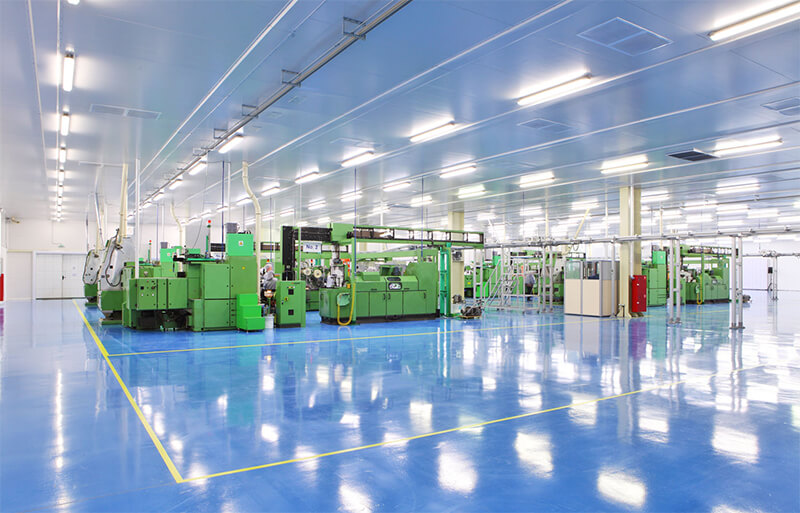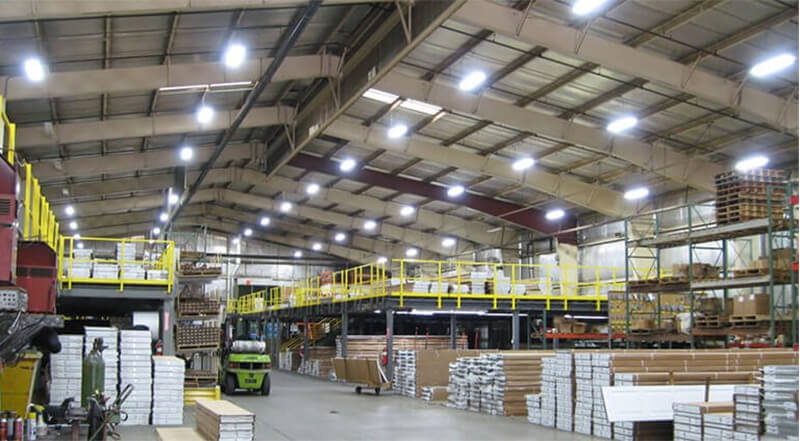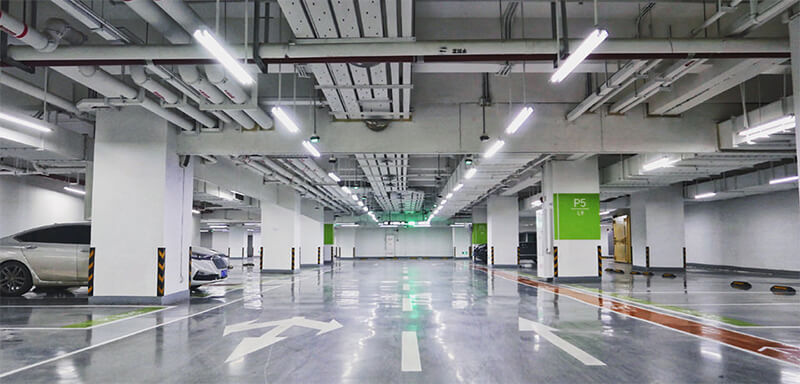Choosing the right manufacturer and supplier for your LED factory lights is a decision that could significantly impact the operational efficiency, safety, and productivity of your facility. The lighting in a factory setting plays an integral role in ensuring quality control, worker safety, and overall productivity. As LED technology continues to evolve, the marketplace is filled with numerous suppliers and manufacturers claiming to offer the best solutions. So, how do you filter through the noise to make the right choice? This article aims to guide you through the essential considerations to keep in mind.
LED (Light Emitting Diode) factory lights have gained significant attention due to their efficiency, low energy consumption, and long lifespan. These lights are crucial for industrial settings where proper illumination is essential for both safety and productivity. Below are some common types and features of led factory lighting:
Types of LED Factory Light
High Bay Lights: Used in areas with high ceilings (above 20 feet), these provide bright, even lighting over a wide area.
Low Bay Lights: Suited for ceilings below 20 feet, these are similar to high bay lights but optimized for shorter distances.
Flood Lights: These are used to illuminate outdoor spaces or large indoor areas and are highly resistant to weather.
Task Lights: These provide focused lighting for specific tasks such as assembly or inspection.
Panel Lights: These are often used in offices within factories for general lighting.
Strip Lights: Commonly used for illuminating long aisles or corridors.
Spotlights: These provide focused light for highlighting a particular area or object.
Emergency Lights: Equipped with backup batteries, these provide essential lighting during power outages.
Retrofit Bulbs: LED bulbs designed to replace traditional incandescent or fluorescent bulbs without changing the fixture.
Track Lights: These are flexible, as you can move, swivel, rotate, and aim the individual fixtures anywhere along the track.

Features of Factory LED Lighting
Energy Efficiency: Consumes less electricity compared to traditional lighting systems.
Long Lifespan: Lasts up to 25,000 to 100,000 hours, reducing the need for frequent replacements.
Color Temperature: Wide range of color temperatures from warm white to daylight.
Low Heat Emission: Less heat is emitted, reducing the cooling load on HVAC systems.
Dimmability: Many LED lights come with dimmable options, allowing for adjustment based on needs.
Robust Design: Often designed with industrial-grade materials to withstand harsh conditions like dust, water, and impact.
Instant Light: LEDs light up instantly to full brightness without the warm-up time that is needed with some other types of lighting.
Environmental Friendliness: Contains no toxic materials and is 100% recyclable.
Directional Lighting: LEDs can be designed to emit light more precisely in desired directions. This is useful for task lighting, spotlights, and high bay lighting.
Low Maintenance: Due to their long lifespan and robustness, LED lights require less maintenance compared to traditional light sources.
Uniform Lighting: Advanced optics can be used to distribute light more evenly across a given space.
Smart Control: Some LED systems can be integrated with smart control systems for automated or remote control, including adjustments for color, intensity, and even motion sensing.
Choosing the appropriate type of LED lighting depends on several factors such as the height of the ceiling, the type of work being carried out, the size of the space, and whether the area is indoor or outdoor. Always consult a lighting expert when choosing factory lighting to ensure that it meets all safety standards and regulations.

Certification and Compliance
The first step in choosing a manufacturer and supplier is to ensure they meet industry standards and certifications. In the U.S., for instance, you should look for products that are UL (Underwriters Laboratories) or ETL (Electrical Testing Labs) certified. This ensures that the products meet strict safety and performance measures. For European standards, look for the CE mark. Don’t compromise on compliance; it’s the cornerstone of safety and efficacy.
Expertise and Experience
Experience counts when it comes to industrial lighting solutions. Research potential manufacturers and suppliers to understand their level of expertise in the field. You can often glean valuable information from case studies, customer testimonials, and the diversity of their product offerings. Manufacturers with years—or even decades—of experience are often more reliable and capable of providing customized solutions for your specific needs.
Customization and Flexibility
Every factory setting is unique, with different needs based on the nature of the work, layout of the facility, and specific lighting requirements. The ability to customize your LED lighting solutions is an important factor. Check whether the manufacturer and supplier offer custom solutions, such as adjustable lighting angles, color temperatures, and controllability.
Warranty and After-sales Support
What happens after the purchase is equally important. Ensure the manufacturer or supplier provides a robust warranty for their products. The warranty should cover not only defects but also performance guarantees. After-sales support is critical too; you don’t want to be left stranded with malfunctioning lights and no one to turn to for immediate assistance.
Price Consideration
While it's tempting to opt for the least expensive option, this could result in higher long-term costs due to poor performance or frequent replacements. Compare the price against the features, lifespan, and warranty provided. Sometimes spending a little more upfront can offer substantial long-term savings.
Environmental Considerations
More industries are focusing on reducing their environmental impact, and your choice of lighting can contribute to this goal. Look for manufacturers that offer environmentally-friendly options, such as lights that are RoHS compliant or have other eco-friendly certifications.

Additional Services
Some manufacturers go the extra mile by offering additional services like lighting audits, which involve evaluating your current lighting setup and recommending improvements. This can be immensely helpful in identifying what you actually need and avoiding unnecessary expenses.
Samples and Prototypes
Before finalizing a deal, ask for samples or prototypes if possible. This allows you to test the lights in your specific environment, helping to ensure that they meet your needs.
Choosing a manufacturer and supplier for factory lights is a multifaceted decision that involves a variety of factors, ranging from technical specifications and compliance to customer service and price. Doing your homework can help you make an informed decision that will not only meet your immediate needs but also provide a sustainable, long-term solution.
By considering all these factors, you can make a choice that ensures safety, enhances productivity, and ultimately contributes to the success of your factory operations.
KILI LED has specialized in industrial lighting for more than 13 years. The lamps suitable for factory lighting include led vapor tight fixture, tri proof light, ufo high bay light, linear high bay light, enclosed retrofit bulb. These lamps have North American UL/cUL, ETC /cETL, DLC, FCC certification, CE and RoHS certification in Europe. More energy-saving, low maintenance, waterproof, dustproof, corrosion-resistant, five-year warranty, it is an ideal choice for many electrical contractors and engineering companies, traders and distributors. Welcome to contact for quotation and samples.




